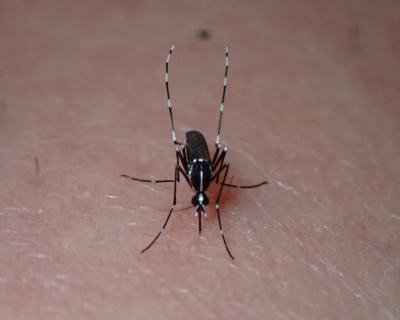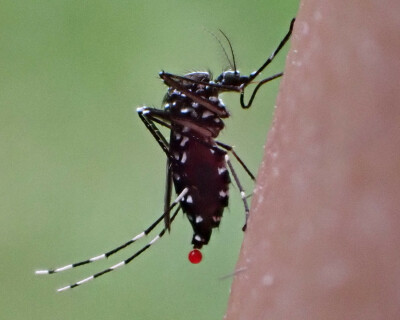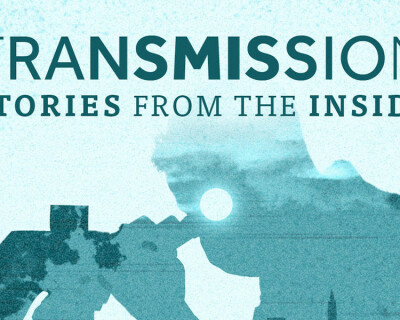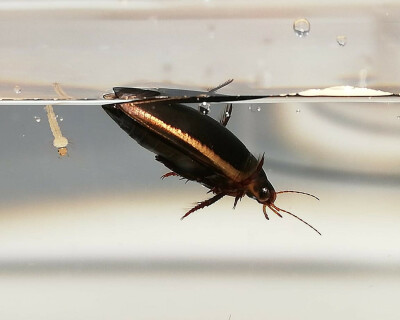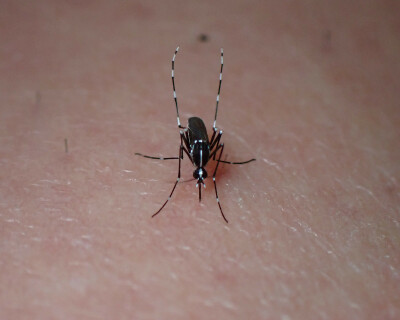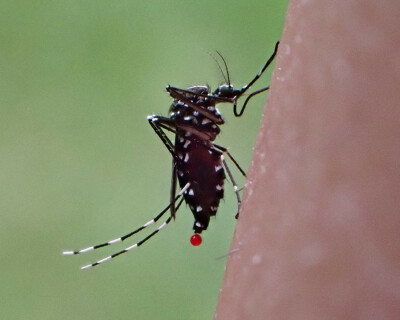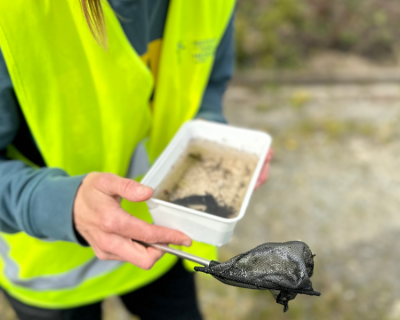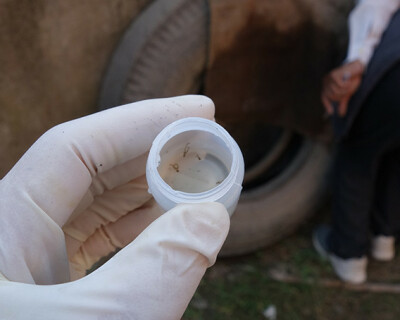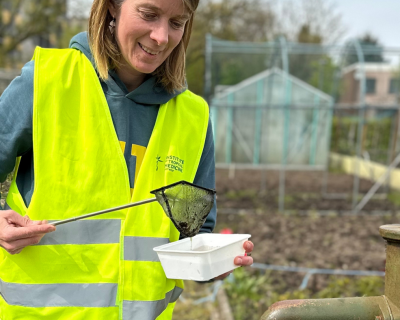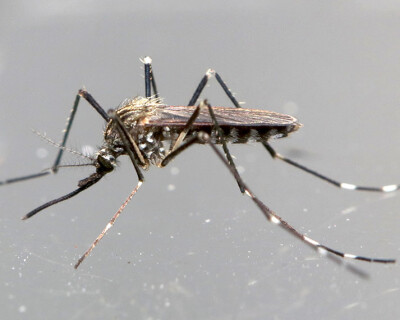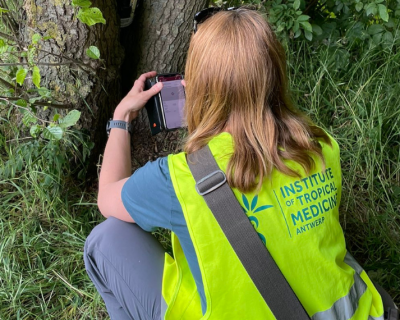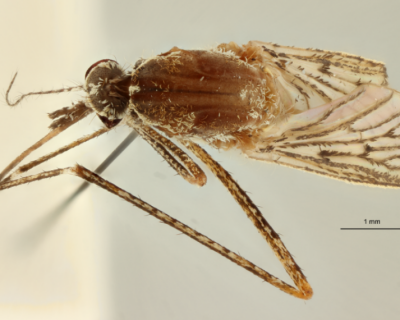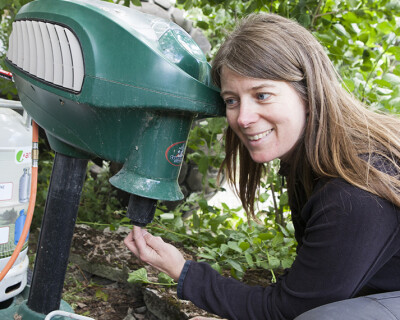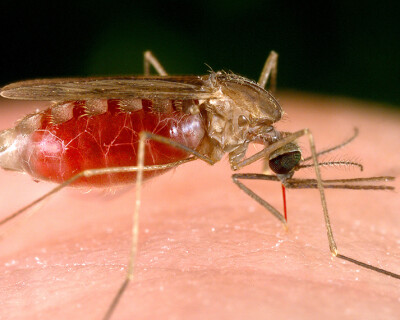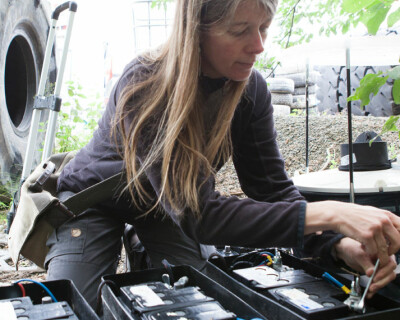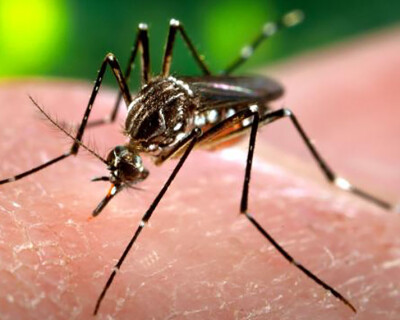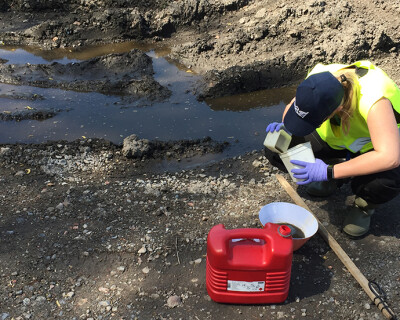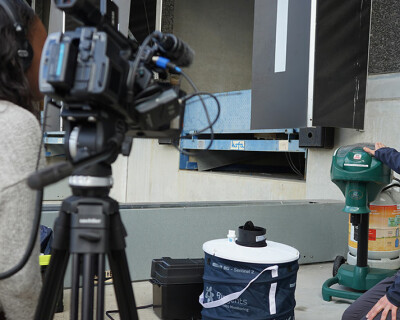Monitoring of exotic mosquitos in Belgium (MEMO+)
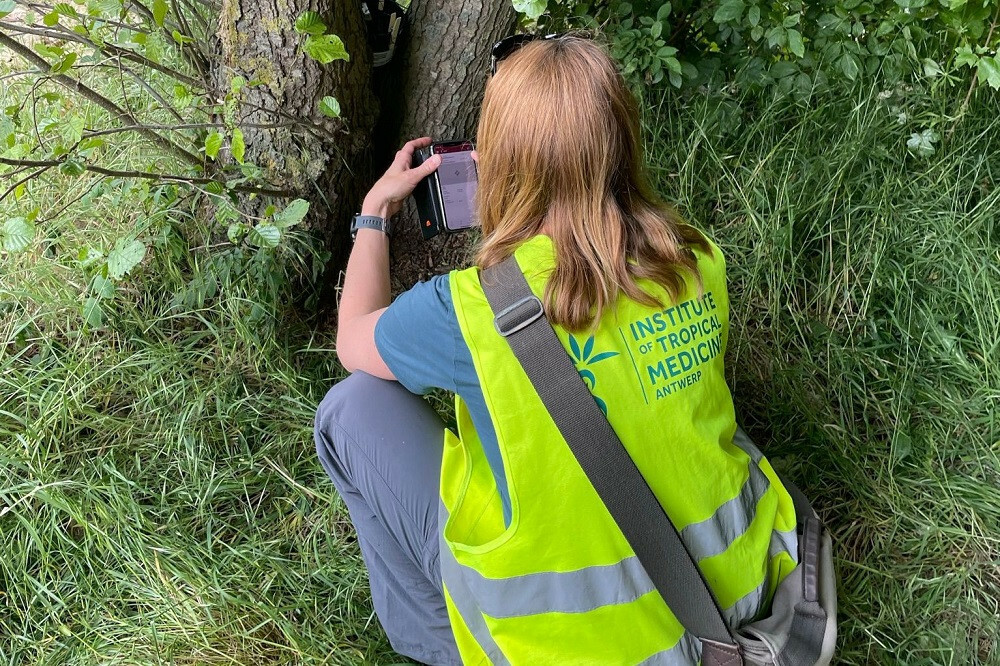
Why we launched MEMO
The tiger mosquito is a small nippy critter that, through its painful bite, is capable of transmitting viruses that cause diseases such as dengue, Zika and chikungunya. The species is originally from Southeast Asia and, in the meantime, has conquered America, has established itself in Southern Europe and has made its appearance in Belgium. It owes its wide distribution to:
globalisation
international transport of goods
global warming
its adaptive ability
By early detection and closer monitoring, we are more likely to control tiger mosquitoes and other exotic species. This was the main cause for the Belgian authorities and ITM to launch the MEMO project (Monitoring of Exotic Mosquitoes in Belgium). Today, the project lives on under the name MEMO+, which got expanded with the Mosquito Surveillance citizen platform, in collaboration with Sciensano.
Partners
MEMO was completed in cooperation with:
The MEMO+ project is implemented in cooperation with:
With the support of Avia-GIS, the VECMAP information system is used for the integration of field and laboratory data.
Team
Wim Van Bortel (ITM)
Marie Hermy (Sciensano)
Javiera Rebolledo (Sciensano)
Nathalie Schmitz (BopCo)
Contact
Project promotor
Dr Prof Ruth Müller
The MEMO project (2017 – 2020)
How did we proceed?
We set up mosquito traps at 23 possible import locations throughout Belgium. Import locations are possible places of entry through which exotic mosquitoes can enter our country, e.g., companies trading in second-hand tyres, garden centres, motorway car parks from southern neighbouring countries, ports and airports. We used different traps and methods to increase the chance of finding and capturing mosquitoes. We then identified the mosquitoes based on external features and used genetic analysis to confirm that identification. The Royal Belgian Institute of Natural Sciences placed the mosquitoes in their collection as a reference for further research. For data management, we used the VECMAP® application.
Three years of intensive monitoring
In total, we were able to capture more than 52,000 mosquitoes during the MEMO project. In the process, we found three new species native to Belgium and four species of exotic mosquitoes.
The tiger mosquito (Aedes albopictus) was found in seven different places in our country. Results confirmed that this species likes to travel with lucky bamboo and second-hand tyres. During our research, we also found eggs on motorway parking lots in the provinces of Luxembourg, Namur, Liège and West-Flanders. This means that tiger mosquitoes can enter our country via access roads from France and Germany. Therefore, Belgians travelling by car through countries where the mosquito is established can unwittingly bring these unwanted passengers with them. It was the first time this species reached Belgium in this manner.
We found the Asian forest mosquito (Aedes japonicus) in Namur, on the German border in Eupen and in the area of Maasmechelen. The observation in Eupen is related to established populations of the Asian forest mosquito just across the border of Germany.
The Korean bush mosquito (Aedes koreicus) was already spotted in Belgium in 2008 and has since then established itself in the Maasmechelen area. However, the population is small and does not cause any nuisance.
We found an African malaria mosquito (nopheles pharoensis) at the airport in Liège. However, the chances of survival of this mosquito in Belgium are slim, as the temperate climate is not suitable for this species.
Mosquito monitoring, prevention and control are indispensable
Throughout the MEMO project, we spotted exotic mosquitoes (including the tiger mosquito) in several places in our country. The occurrence of a few tiger mosquitoes in Belgium does not imply an immediate major virus outbreak. However, if the mosquito is able to establish itself and therefore increase its population, the risk of local virus transmission increases as well. These results prove once again the importance of monitoring exotic mosquitoes and its subsequent prevention and control of the population in Belgium.
The 3 year MEMO project was financed by the Flemish, Walloon and Brussels governments and the FPS Health, Food Chain Safety and Environment within the framework of the National Environmental Health Action Plan (NEHAP). ITM carried out the project in cooperation with the Royal Belgian Institute of Natural Sciences (KBIN) and the Barcoding Facility of Organisms and Tissues of Policy Concern (BopCo).
MEMO+ (2021 – 2024)
The monitoring of exotic mosquitoes in Belgium is continuously gaining social relevance. Our research shows that we should look beyond their known import locations. Based on these insights, the MEMO+ project rests on two pillars:
Active detection of exotic mosquitoes at the known import locations
Calling on citizens to spot and report mosquitoes
Active and passive monitoring
From May to October, we try to catch mosquitoes in car parks along motorways to detect the possible import of tiger mosquitoes.
At the same time, Sciensano is running the Mosquito Surveillance citizen platform, a platform that allows citizens to upload their own pictures of (possibly) tiger mosquitoes. This passive component allows researchers to discover the tiger mosquito throughout Belgium. Through a combination of passive and active monitoring, the team aims to quickly find the tiger mosquito and have it controlled. Are you wondering if you’ve spotted a tiger mosquito? Take a picture and upload it on the platform.
The MEMO+ project started in September 2021 with funding from:
the Flemish, Walloon and Brussels governments,
the FPS Health, Food Chain Safety and Environment within the framework of the National Environment and Health Action Plan (NEHAP).
ITM carries out the project in cooperation with Sciensano and the Barcoding Facility of Organisms and Tissues of Policy Concern (BopCo).
Exotic mosquitoes spotted in Belgium
Asian tiger mosquito
Also known as: Aedes albopictus
Spotted in: Antwerp, East Flanders, West Flanders, Flemish Brabant, Limburg, Hainaut, Namur, Liège, Luxembourg
First sighting in Belgium: 2000 in East Flanders
Afterwards: Spotted almost every year since 2013 with no indication of overwintering. Since 2022, there are indications that the species is locally established at one site in Antwerp and one in East Flanders.
Characteristics:
Small mosquito (photo comparison with five eurocents down below)
White stripe on the head and back
Five white stripes on the hind legs with completely white tips
Proboscis (part that pierces the skin) is white at the tip

Asian bush mosquito
Also known as: Aedes japonicus
Spotted in: Liege and Limburg, and a population is located in Namur
First sighting in Belgium: 2002 in Namur.
Afterwards: Between 2012 and 2015, measures to control the mosquito were taken, but the species is spotted in the same locationin Namur since 2017. In 2017, this species was also first caught close to the German border, where it was also spotted in 2018 and 2019. In 2018, it was caught in Maasmechelen at the same location where Aedes koreicus is located.
Characteristics:
Golden stripes on the back
Three white stripes on the hind legs with completely black tips
Black proboscis

Korean bush mosquito
Also known as: Aedes koreicus
Spotted in: Maasmechelen
First sighting in Belgium: 2008
Afterwards: Meanwhile, the population is well established in an area of 113 km².
Characteristics:
Golden stripes on the back
Four to five white stripes on the hind legs with completely black tips or tips with a short white stripe
Black proboscis

African malaria mosquito
Also known as: Anopheles pharoensis
Spotted in: Liège (Airport)
First sighting in Belgium: once in 2017. As our temperate climate is not suitable for this species, the chance of survival is small.
Characteristics:
Long proboscis covered with scales
Spots on wings

(1) Banded mosquito (Culiseta annulata): indigenous, larger than the common house mosquito and tiger mosquito, distinctive spots on wings and white stripes on hind legs (tip of hind legs is completely brown)
(2) Common house mosquito (Culex pipiens): indigenous, larger or the same size as the tiger mosquito, distinctive is the even brown colour of body and legs
(3) Asian tiger mosquito (Aedes albopictus): exotic, small stinging mosquito (4-5 mm), distinctive white stripe on head and back and five white stripes on hind legs (tip of hind legs is completely white)
Avoiding mosquitoes
Both indigenous and exotic mosquitoes can sometimes be a real nuisance. Even your own garden is a large potential breeding ground. However, there are some precautions you can take to keep these insects at a safe distance.
Get rid of stagnant water
Mosquitoes like to lay their eggs in stagnant water. Get rid of left-over water in buckets, flower pots, clogged gutters, wheelbarrows, tyres, plastic netting, litter, etc. Cover rain barrels with mosquito netting. Regularly change the drinking bowls of your pets, to avoid these becoming a breeding ground for mosquitoes.
Install insect screens
Insect screens for windows and doors are most effective if you want to keep mosquitoes out of your home. These fine mesh screens are fitted in door and window encasements and prevent insects from entering your house the easy way.
Protect yourself
Insect repellent sprays and mosquito nets are the most effective means to protect yourself against mosquitoes.

Did you spot a tiger mosquito?
Together with Sciensano, we launched a citizen platform to monitor the appearance of the tiger mosquito in Belgium.
Think you spotted a tiger mosquito? Take a picture and let us know!
Projects and publications
Interesting links
Jacht op de tijgermug - EOS Wetenschap (May 2023)
Tijgermuggen on the Move - Podcast with Sciensano about MEMO+ (August 2022)
VRT lanceert EDUbox over gezondheid voor jongeren (March 2022)
Zorgen muggen voor de volgende pandemie? - Wim Van Bortel on the Universiteit van Vlaanderen (June 2021)
Waarom moeten muggen mij altijd hebben? - EOS Podcast with Isra Deblauwe (June 2020)
Muggen - #Weetikveel Podcast with Isra Deblauwe (July 2018)
Research themes

Exotic Mosquitoes in Belgium
Read moreShare project on
